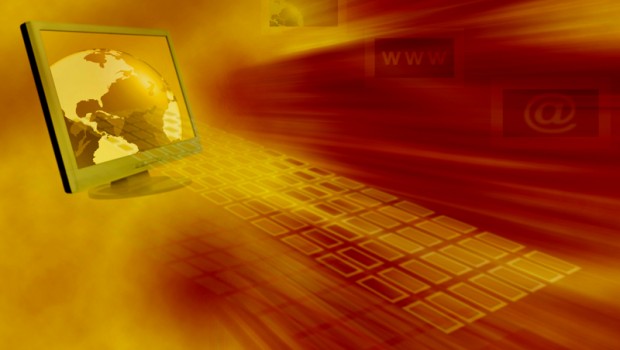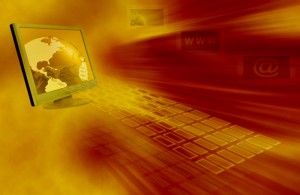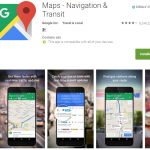Fog computing
Fog Computing – Emerging Tech Concept Explained
Over the past few years, leading IT experts have been discussing benefits and drawbacks of cloud computing, often regarding it as the ultimate form of computing that could eventually become a norm for data distribution. Cloud has evolved into the tech trend of the decade and not many people would expect it to be overshadowed by another tech buzzword.
However, this is happening right now with the emergence of a new tech concept called Fog computing.
What is Fog computing?
The very term Fog computing was coined by Salvatore Stolfo, the Columbia University computer science professor. However, it seems to have become consolidated only after it was embraced and promoted by Cisco Systems and many other startups. So, what does Fog computing do and how is it related to the cloud?
The idea of Fog computing is to geographically distribute data in order to make them physically closer to end-users, with an aim of eliminating potential latencies and enabling seamless mobile support. Fog is intended to expand the potential of cloud computing and make it easier for end-users to access and distribute their data. It may be important to note here that the Fog is not a replacement for cloud computing but rather a complement to it. In their report, Cisco describes the Fog as:
“Similar to Cloud, Fog provides data, compute, storage, and application services to end-users. The distinguishing Fog characteristics are its proximity to end-users, its dense geographical distribution, and its support for mobility.”
As the amount of daily generated and distributed data grows, the IT industry seeks to find new ways of bringing information to end-users in an accurate and timely manner. With growing BYOD trend and mobile device adoption rates, the need for safe and fast computing solutions also increases, requiring new developments in the IT industry.
Why do we need the Fog?
The cloud is often seen as an ideal solution because it delivers easy and cost-efficient data management systems. However, as the data becomes more dispersed, the existing cloud-based systems may fail to deliver it as efficiently as users expect them to. The cloud has contributed a lot to changing the ways we approach digital data but it at the same time triggered constant need for new tech solutions.
Considering the fact that even an average user now requires more data access from different devices, it is important to provide appropriate delivery systems that would be able to handle mobility and big data. Fog devices may come in a form of an end-user device, access point, edge router or switch, which facilitates interaction between servers and clients. In essence, Fog uses cloud systems to reinvent computing, storage and data analytics tools, in order to make them faster and more efficient.
Cloud computing has been an important concept in the IT for the last several years but it certainly needs to develop in order to follow the needs of consumers. Fog is one of the additions to existing technologies and it certainly promises next generation of cloud solutions.
About the author:
Leana Thorne is a devoted blogger and a regular contributor to several tech blogs. She enjoys exploring new internet technologies and sharing newly found information, and loves writing – especially about cloud and web hosting and their implementation in mobile technology software platforms.
















